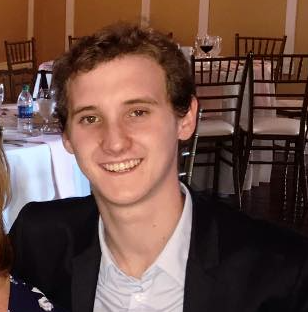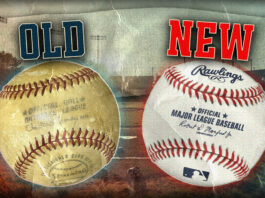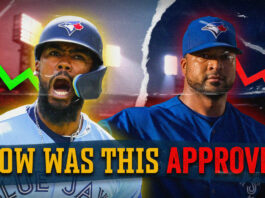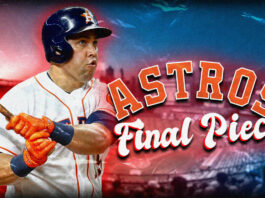
Baseball games embody the spirit of athletic competition. One bad call can alter baseball history. Umpires are essential to the game, yet they aren’t infallible. This creates tension with baseball’s demand for perfection—a tension fans know well.
Just as jazz improvisation hits unexpected notes that change the entire melody, these controversial calls transformed the outcome of iconic games. Ready for some baseball drama? Here’s a tour through 20 umpire decisions that irrevocably altered baseball history, showing how human error shapes the game’s narrative while raising questions about technology’s role.
20. AJ Pierzynski Safe at First (2005 ALCS)
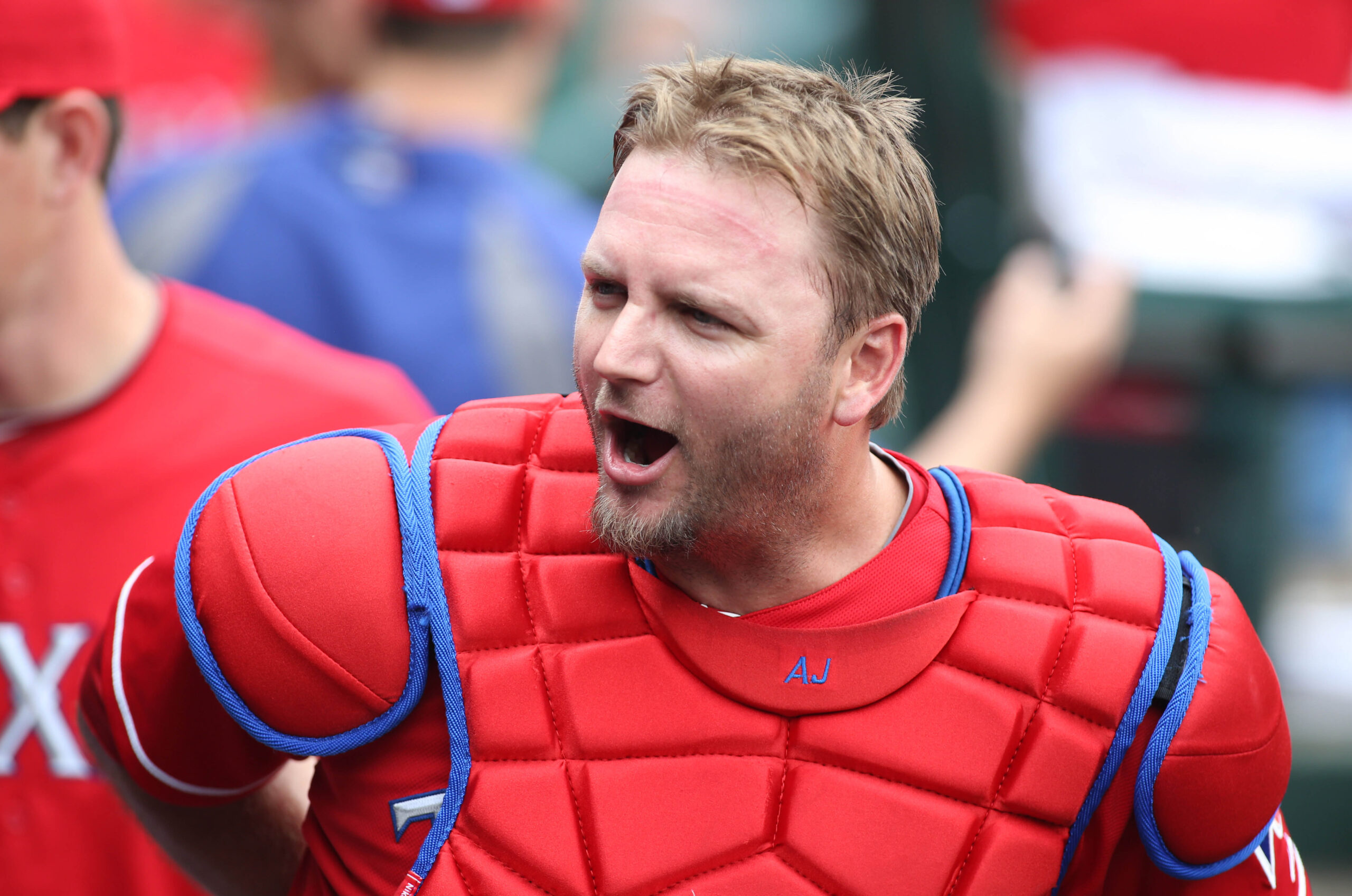
In Game 2 of the 2005 ALCS between the Chicago White Sox and Los Angeles Angels, a controversial call flipped the script entirely. With two outs in the ninth inning of a 1-1 game, White Sox catcher AJ Pierzynski swung and missed at a Kelvim Escobar pitch. Angels catcher Josh Paul appeared to catch it cleanly before rolling the ball toward the mound.
Home plate umpire Doug Eddings made no definitive out signal, allowing Pierzynski to sprint to first base. Talk about finding opportunity in chaos—similar to discovering an unopened gift weeks after your birthday! Pablo Ozuna pinch-ran and scored on Joe Crede’s double, giving Chicago a 2-1 victory that helped propel them to a World Series title. The Angels still bring this up at family gatherings, guaranteed.
19. George Brett’s Pine Tar Incident (1983)

On July 24, 1983, the Kansas City Royals and New York Yankees created baseball folklore. With the Royals trailing 4-3 in the ninth, George Brett hit a go-ahead two-run homer off Goose Gossage. Yankees manager Billy Martin immediately challenged Brett’s bat, claiming excess pine tar.
Home plate umpire Tim McClelland measured the bat against home plate and nullified the home run, calling Brett out and ending the game. Brett’s furious charge from the dugout resembled a volcano that had been dormant for centuries suddenly erupting in spectacular fashion. The Royals successfully protested, and when the game resumed weeks later, they completed their 5-4 victory. Who knew measuring tape could be so controversial? Baseball’s rulebook got a swift update after this one.
18. Infield Fly Rule Controversy (2012 Wild Card Game)
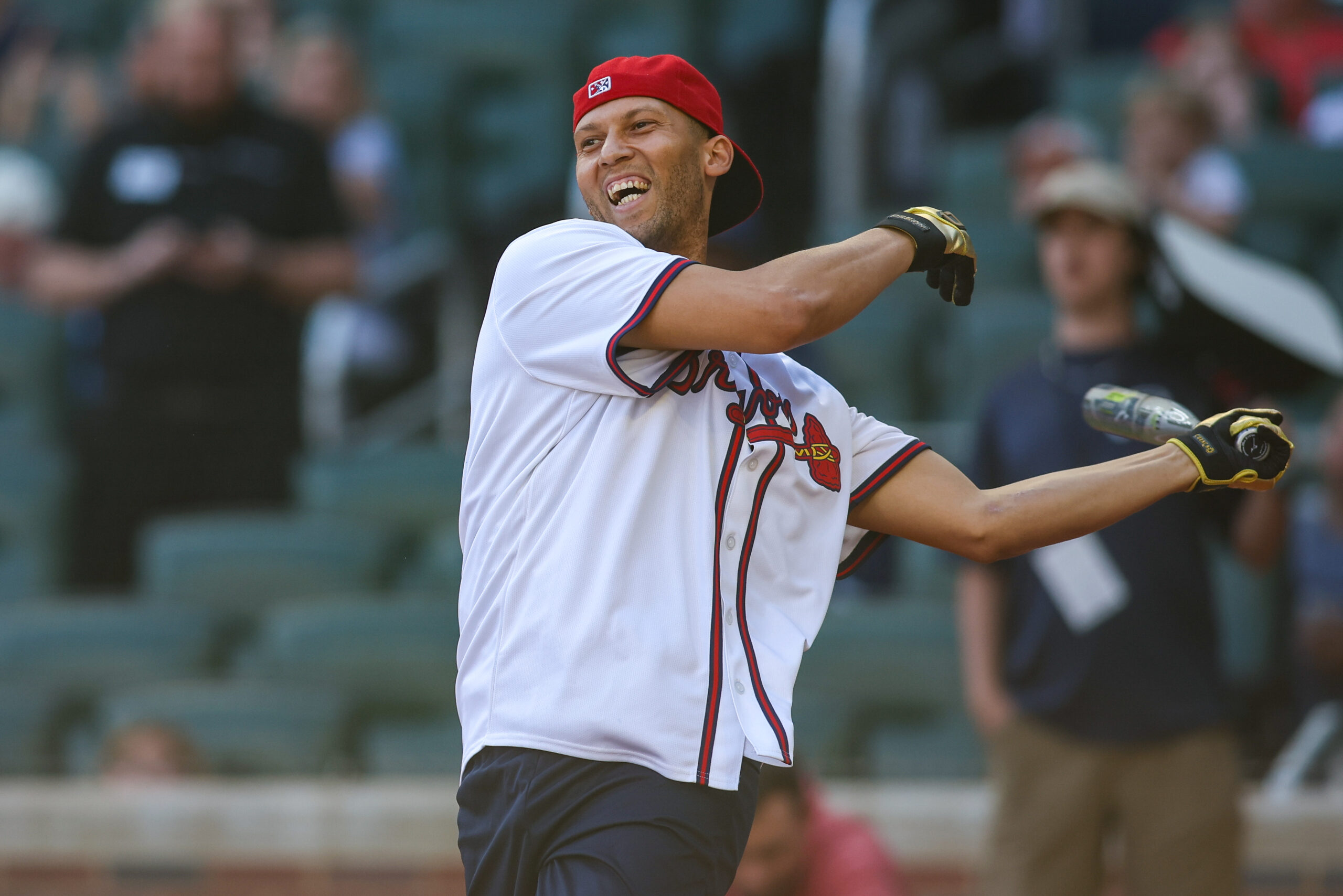
During the 2012 NL Wild Card game, a contentious infield fly call derailed a potential Braves comeback against the Cardinals. With Atlanta trailing 6-3 in the eighth inning with runners on first and second, Andrelton Simmons hit a shallow fly ball that fell untouched between Cardinals fielders.
Left field umpire Sam Holbrook made a late infield fly call, automatically making Simmons out. Imagine waiting hours for your favorite dessert only to have someone take it away just as it arrives at your table—that’s how Braves fans felt. The stadium nearly exploded with fury as fans littered the field with debris, causing a 20-minute delay. The Braves’ season ended in frustration while prompting MLB to reconsider umpire positioning for playoff games. (The Braves still send Holbrook holiday cards, probably with glitter bombs inside.)
17. Ron Gant Called Out at First (1991 World Series)

In Game 2 of the 1991 World Series, first base umpire Drew Coble made a call that still infuriates Braves fans. Atlanta’s Ron Gant singled to left field in the third inning with the score tied 2-2. As Gant returned to first base, Twins first baseman Kent Hrbek appeared to lift him off the bag.
Coble called Gant out despite replays showing Hrbek using a wrestling-style move that would make The Rock raise an eyebrow. The Twins won the game 3-2 and eventually claimed the World Series in seven games. The controversy lives on so vividly that the Twins later installed a bronze statue of Hrbek lifting Gant outside Target Field—trolling at an architectural level.
16. Matt Holliday Safe at Home (2007 Wild Card)
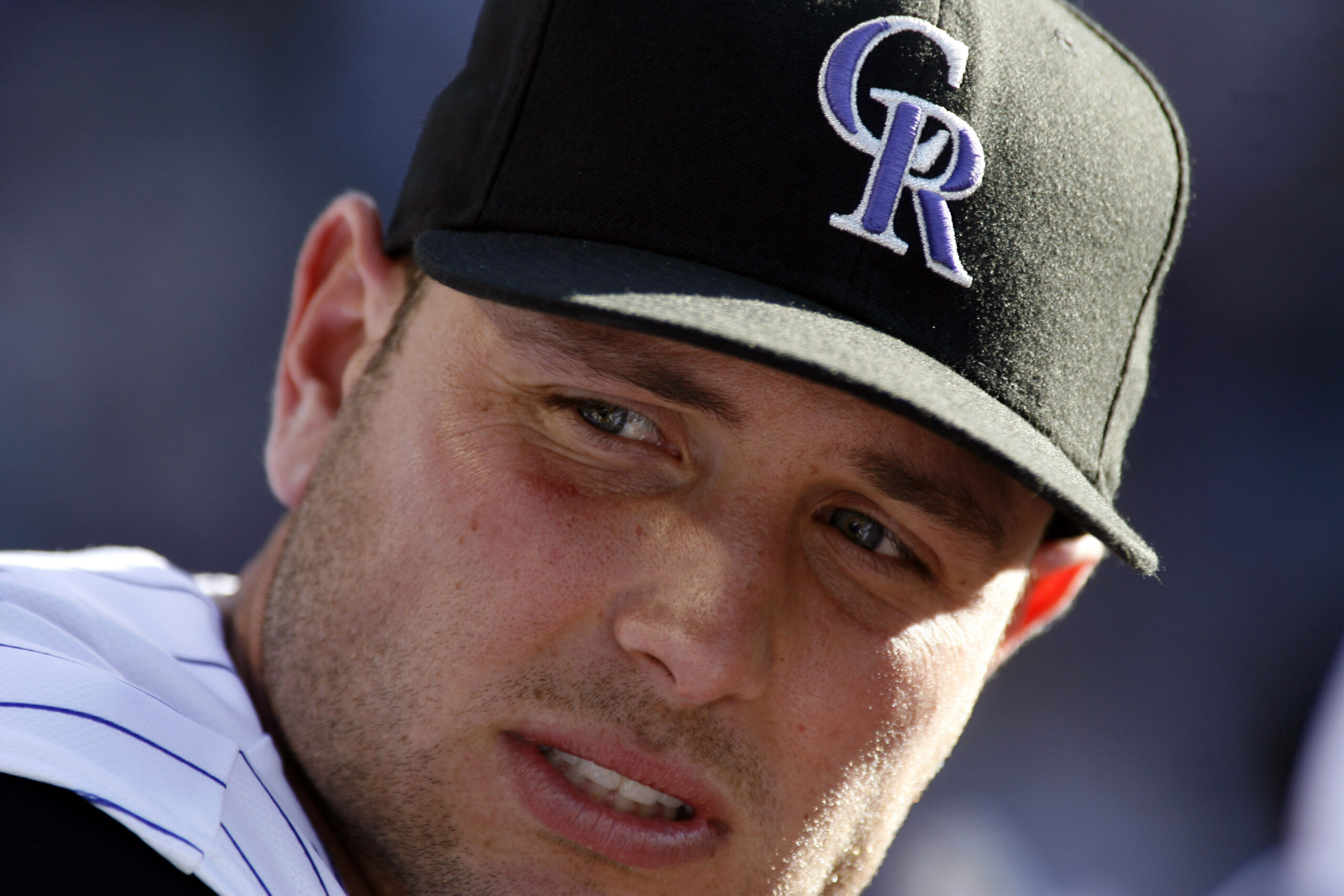
In a winner-take-all tiebreaker for the 2007 NL Wild Card, the Rockies and Padres battled through 13 intense innings. With the score tied 8-8, Matt Holliday tagged up from third on Jamey Carroll’s shallow fly ball to right field. Brian Giles’ throw arrived as Holliday slid headfirst.
Home plate umpire Tim McClelland called Holliday safe, though replays suggested he never touched home plate. This call worked as the perfect spark plug in an engine of momentum. The Rockies rode this controversial moment to win 21 of 22 games, sweeping through the NLDS and NLCS before falling to the Red Sox in the World Series. Sometimes being in the right place at the wrong time is all it takes to change baseball history. Padres fans still wake up in cold sweats thinking about it.
15. Kyle Schwarber Ejected After Strikeout (2022)
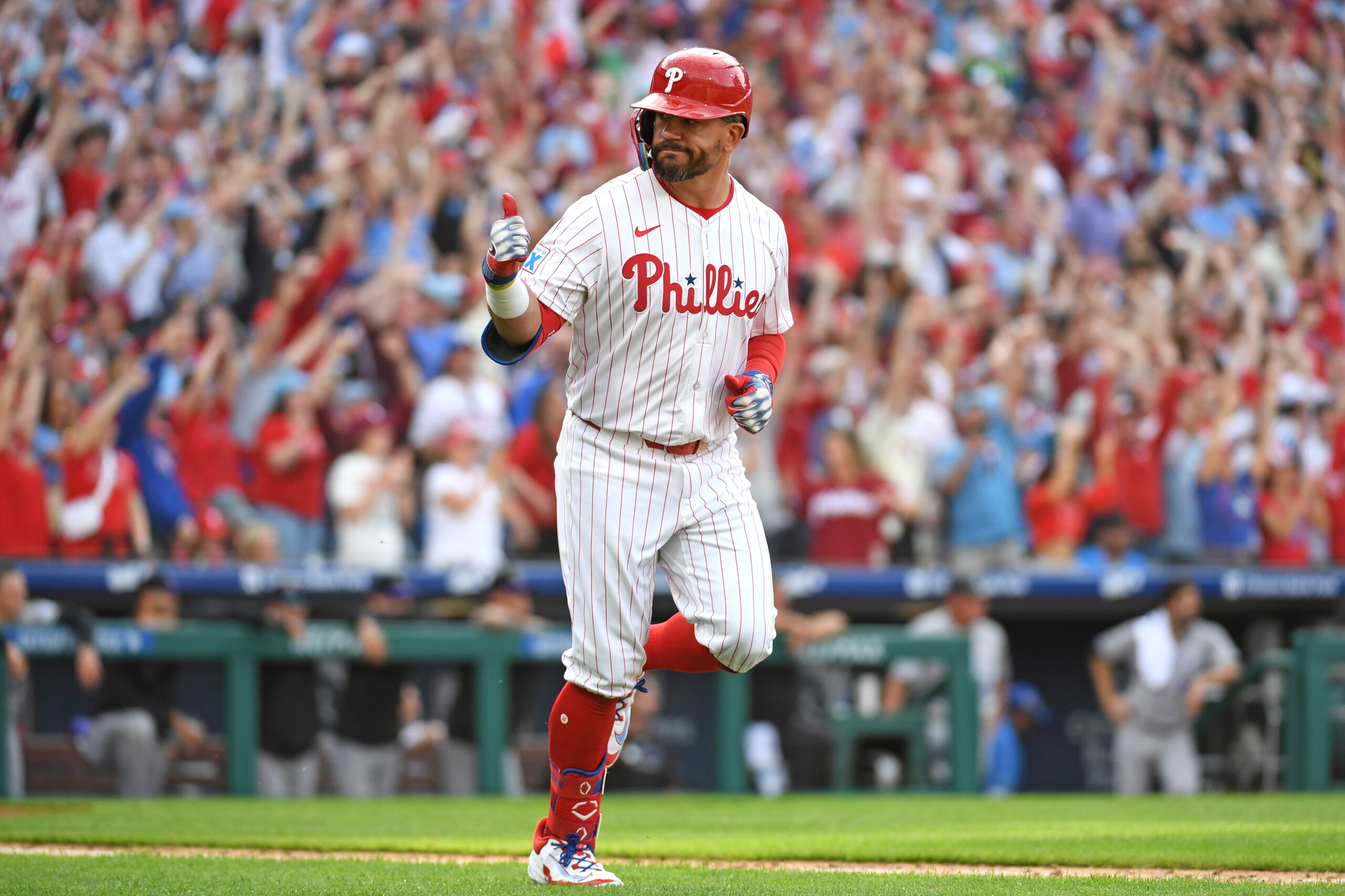
During a 2022 game between the Phillies and Brewers, Angel Hernandez’s strike zone became center stage. Phillies slugger Kyle Schwarber took a full-count pitch several inches outside, but Hernandez called strike three. Schwarber’s reaction was immediate and explosive.
He slammed his bat and helmet before Hernandez ejected him. His animated demonstration went viral faster than cat videos on the internet. Replays confirmed the pitch missed the zone by a significant margin—one of several questionable calls that night. This incident amplified calls for automated strike zones in MLB while highlighting the limitations of human judgment in critical game situations.
14. Michael Tucker Safe at Home (1998)
In an 11th-inning game between the Braves and Mets in 1998, umpire Angel Hernandez made a call that Mets catcher Mike Piazza called “the most ridiculous call I’ve ever been involved in.” Braves outfielder Michael Tucker tried to score from second on a single to right field. Piazza received the throw and clearly tagged Tucker well before home.
Hernandez ruled Tucker safe despite overwhelming evidence to the contrary. Comparable to ordering a steak and receiving a hamburger, everyone saw the reality except the one person whose opinion mattered most. Without replay review, the call stood. The controversial decision shifted momentum to the Braves, who went on to win the game. Mets fans added this to their lengthy list of grievances, filed right between “trading Nolan Ryan” and “Bobby Bonilla Day.”
13. Adam Rosales’ Non-Home Run (2013)

In May 2013, A’s infielder Adam Rosales hit a ball that struck the railing above the left field wall—by rule, a home run. Umpires initially ruled it a double, prompting A’s manager Bob Melvin to request review. Despite clear evidence, crew chief Angel Hernandez maintained the double call.
This decision resembled following a GPS that insists you’re on the correct road while you’re clearly driving into a lake. Oakland, trailing 4-3 in the ninth inning, lost by that score when they could have tied it. MLB executive VP Joe Torre later acknowledged the mistake but couldn’t overturn it, highlighting significant flaws in baseball’s early replay system. This incident directly influenced replay expansion before the 2014 season. (Sensing a pattern with Hernandez yet?)
12. Ron Kulpa Called Out (2001)

During a 2001 game between the Cubs and Rockies, umpire Angel Hernandez made another controversial call at home plate. Cubs catcher Ron Kulpa appeared to score on a close play, but Hernandez called him out despite replays suggesting otherwise.
The Wrigley Field crowd erupted with the collective fury of people who discovered someone ate the last slice of pizza they were saving. Chicago Bears legend Steve McMichael, serving as guest conductor for the seventh-inning stretch, criticized the umpiring over the stadium’s public address system and was promptly escorted from the stadium. This incident added another verse to Hernandez’s growing anthology of controversial calls, demonstrating how disputed decisions could escalate tensions between officials, players, and fans alike.
11. Angel Hernandez Overturned Calls (2018)
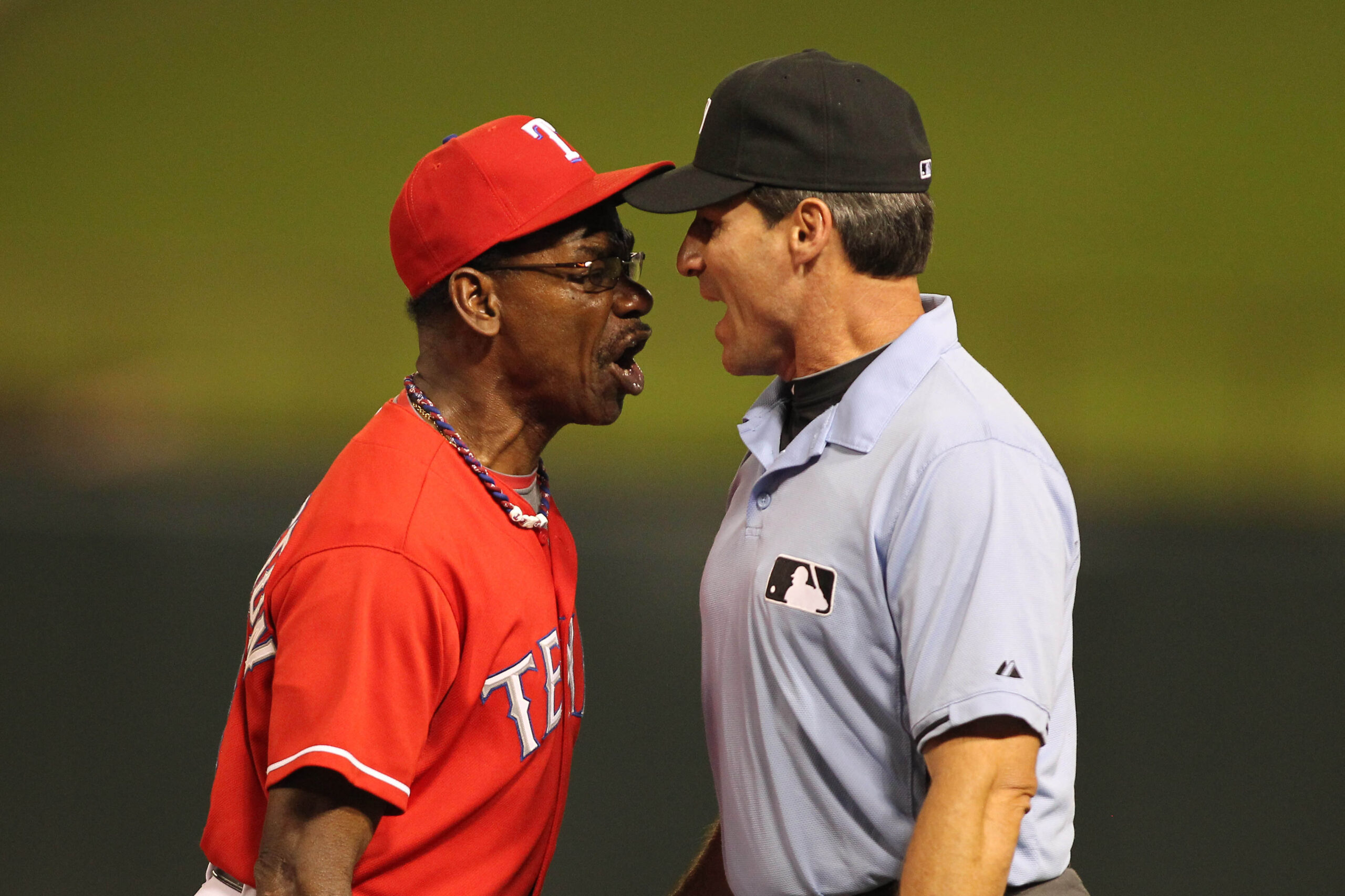
In Game 3 of the 2018 ALDS between the Yankees and Red Sox, first base umpire Angel Hernandez had an unprecedented three calls overturned via replay review in just four innings. The Yankees announcer diplomatically noted that Hernandez was “having a tough night.”
The first reversal came on a Didi Gregorius bunt, the second on a Giancarlo Stanton grounder, and the third on a Gleyber Torres ground ball. Similar to someone repeatedly hitting the wrong notes during a piano recital, each mistake amplified scrutiny of the overall performance. This remarkable sequence demonstrated both the value of MLB’s expanded replay system and raised questions about umpire evaluation for critical postseason assignments. It’s almost impressive to be wrong that many times consecutively.
10. Angel Hernandez’s Umpire Rating (2023)
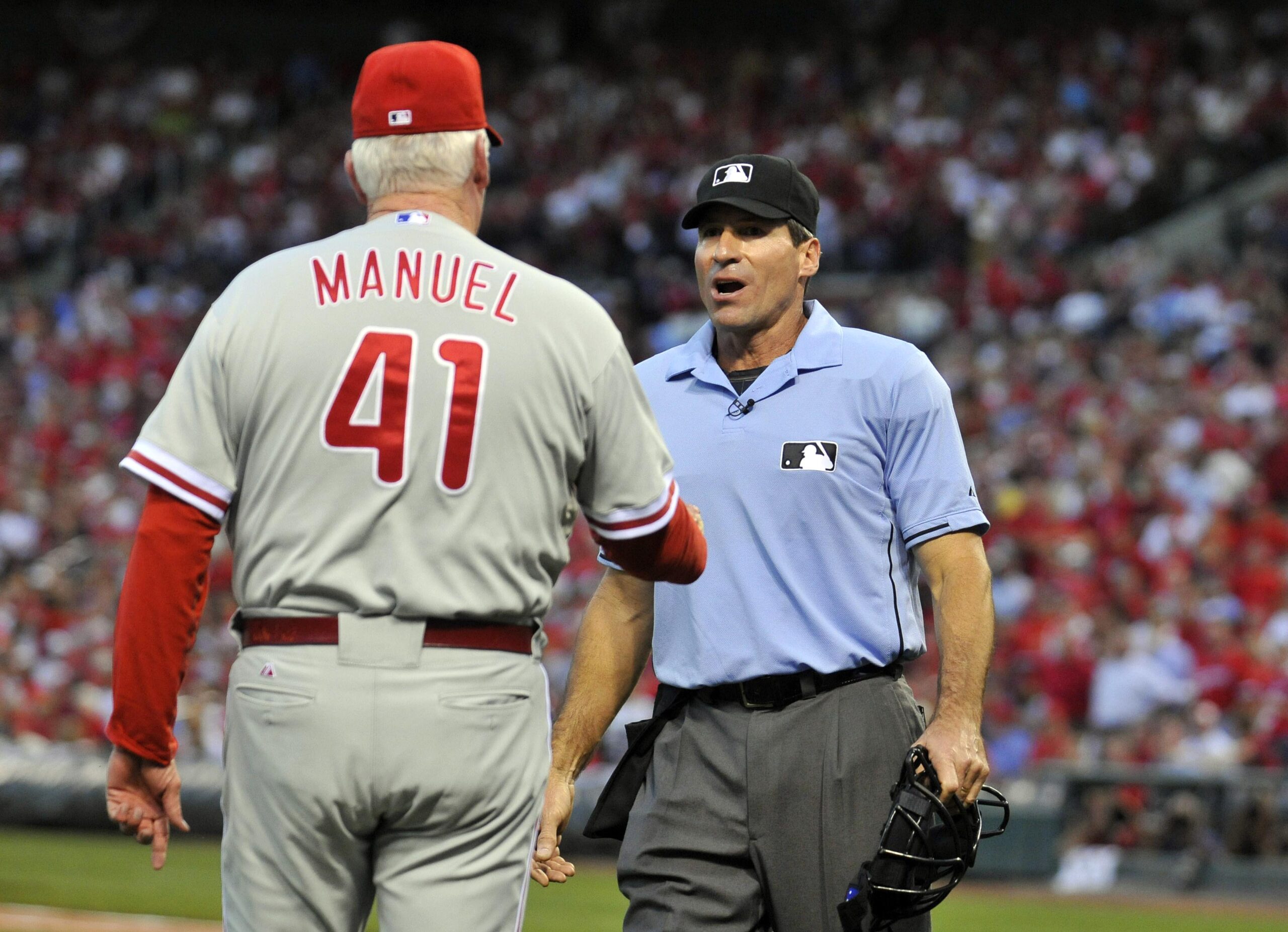
In a statistical lowpoint, Angel Hernandez umpired only 10 games in the 2023 MLB season yet made 161 incorrect calls according to Umpire Auditor. This performance earned him the lowest accuracy rating among all MLB umpires that year.
The data highlighted persistent problems with Hernandez’s strike zone consistency. His struggles mirrored a video game character continuously walking into the same wall despite having clear paths in every other direction. Despite a career spanning over 30 years in MLB, his declining performance metrics raised important questions about umpire evaluation systems and tenure protections. This exemplified broader debates about balancing experience with accuracy in modern baseball. (At this point, even Hernandez’s family was probably questioning his career choice.)
9. Livan Hernandez’s Strike Zone (1997 NLCS)
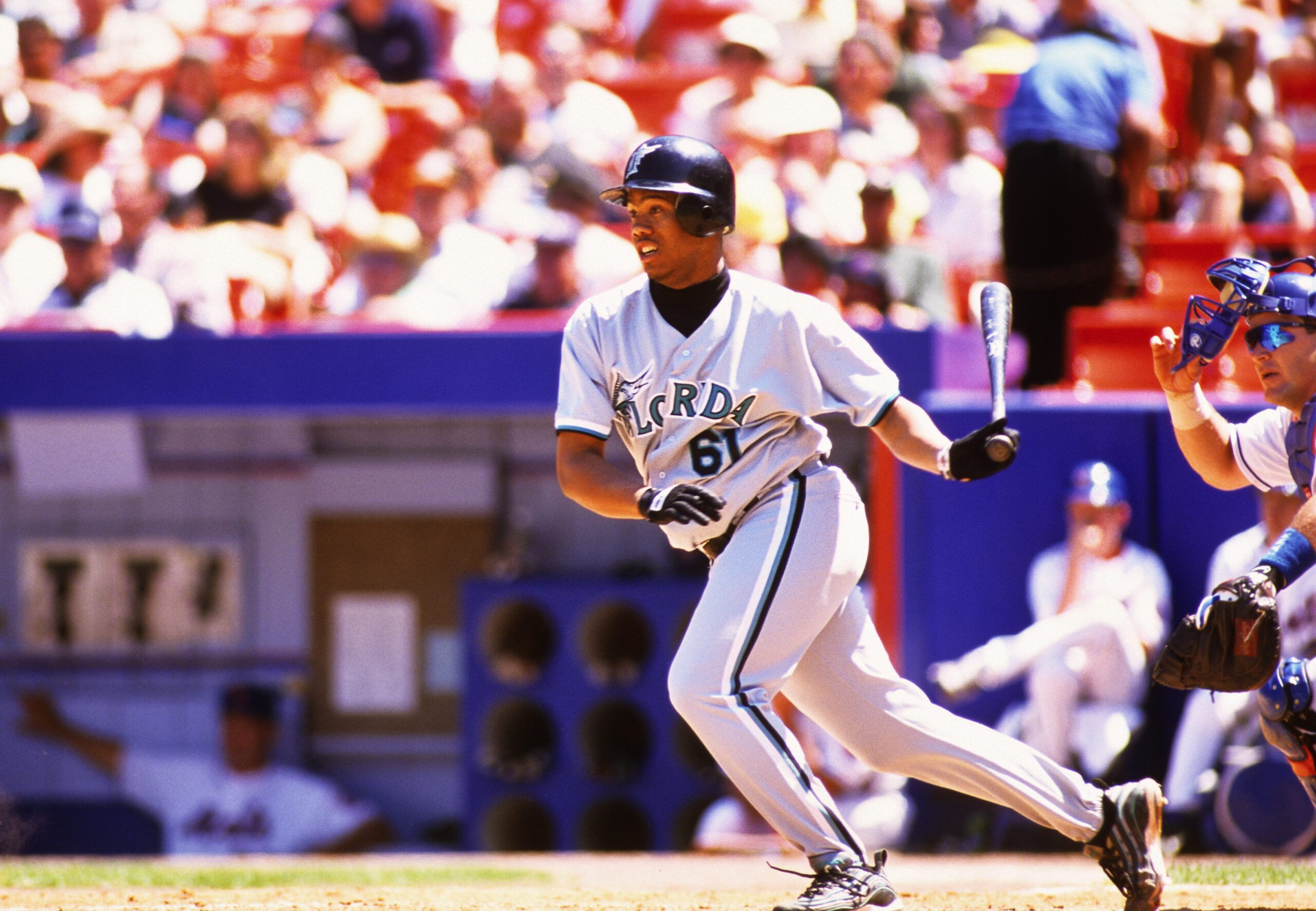
Game 5 of the 1997 NLCS featured one of the most controversially expanded strike zones in baseball history. Florida Marlins rookie pitcher Livan Hernandez benefited from umpire Eric Gregg’s extraordinarily wide strike zone, recording 15 strikeouts against the Atlanta Braves.
Several pitches that appeared to be 6-8 inches outside were called strikes. This strike zone expanded similar to your waistline during the holiday season—gradually, then suddenly, with no logical explanation. The Marlins won 2-1, taking a crucial 3-2 series lead before eventually winning the NLCS and later the World Series. MLB did not assign Gregg to another postseason series, and the incident became a cornerstone example in arguments for automated strike zones. Braves hitters probably still mutter about this one in their sleep.
8. Todd Helton Called Safe (2004)
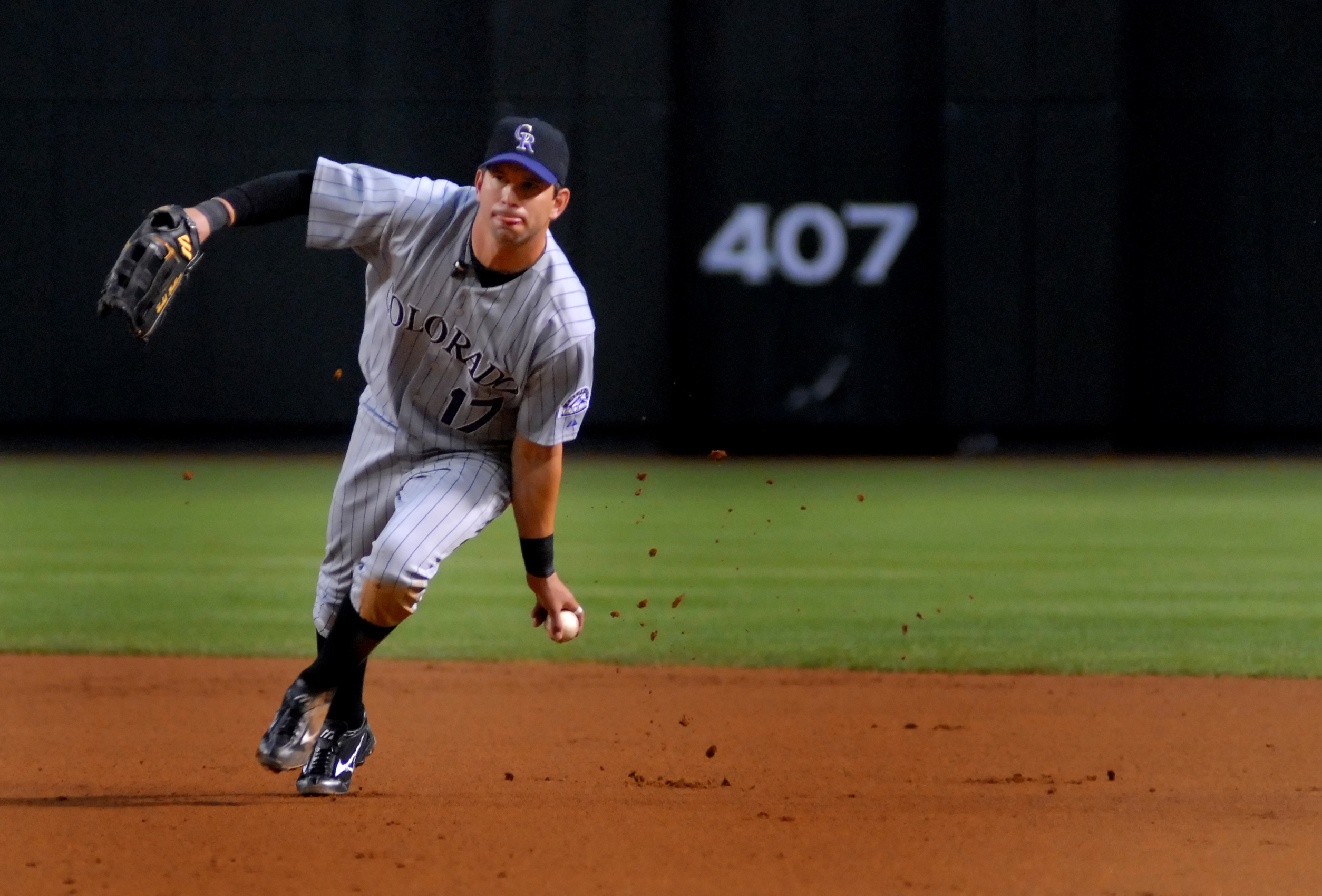
In a 2004 game between the Rockies and Padres, first base umpire Tim Welke made what many consider one of the most egregious missed calls ever. On a ground ball to third, Rockies first baseman Todd Helton stretched for the throw but clearly positioned himself several feet off the bag.
Despite Helton standing approximately four feet away from first base, Welke called the runner out. The error resembled someone claiming to hit a bullseye while their dart landed in an entirely different room. The Padres’ Jerry Hairston Jr. immediately protested, but without replay review, the call stood. This obviously incorrect decision highlighted the limitations of human perception even for experienced umpires and became frequently cited in arguments for expanded replay. Even casual fans watching at home spilled their drinks in disbelief.
7. Chuck Knoblauch Non-Tag (1999 ALCS)

During Game 4 of the 1999 ALCS between the Yankees and Red Sox, second base umpire Tim Tschida made a critical error. With runners on first and second in the eighth inning, Yankees second baseman Chuck Knoblauch fielded a grounder and attempted to tag Jose Offerman.
Despite video clearly showing Knoblauch missing the tag by several inches, Tschida called Offerman out. This call altered the game’s momentum much as a single pebble can change the course of an entire river. Knoblauch completed the double play, ending a potential Red Sox rally. The Yankees won 9-2 and went on to sweep the series before winning the World Series, demonstrating how missed calls in crucial moments could have championship implications. Red Sox fans added it to their pre-2004 “Curse of the Bambino” evidence file.
6. Don Denkinger’s Safe Call (1985 World Series)
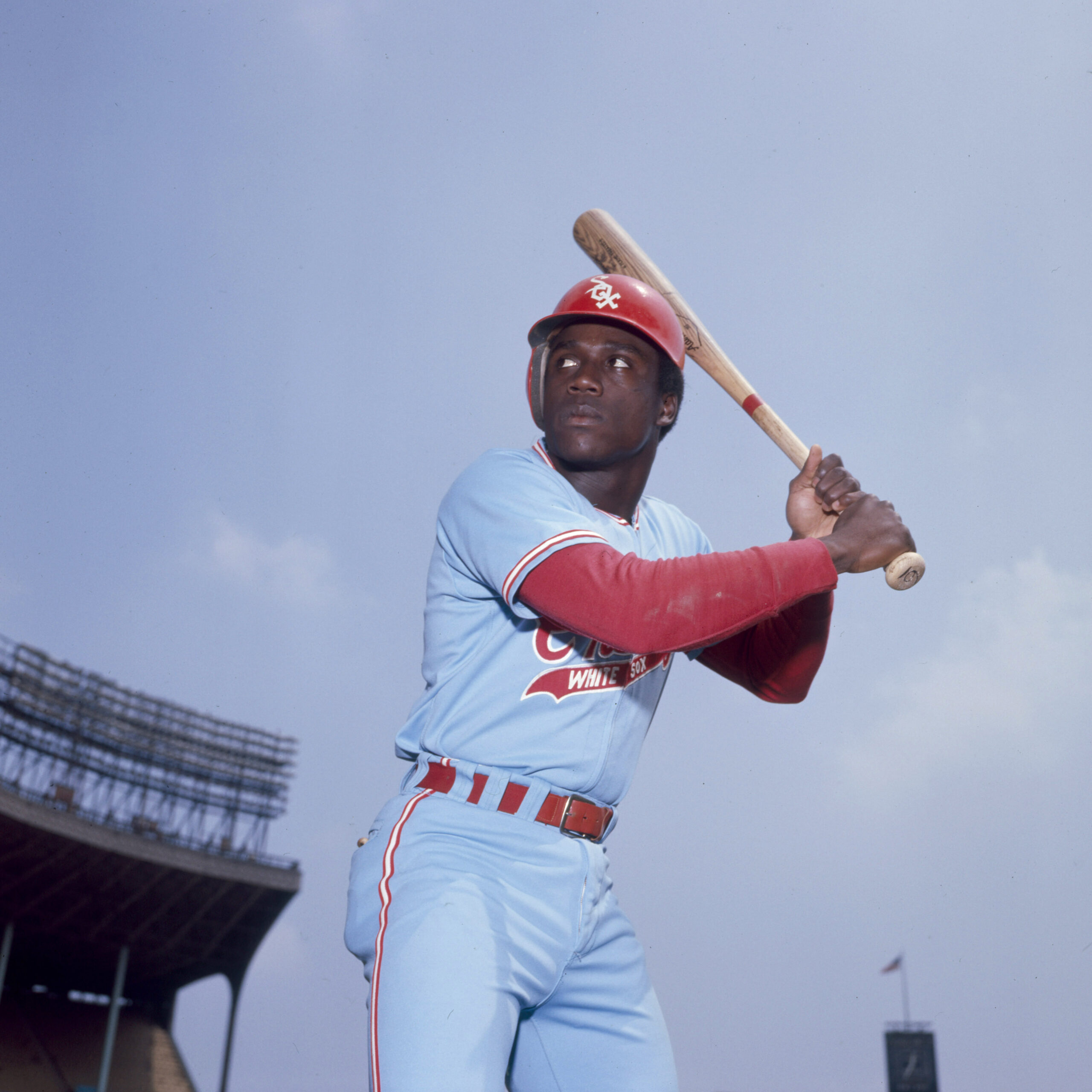
Perhaps baseball’s most infamous blown call occurred in Game 6 of the 1985 World Series. With the Cardinals leading the series 3-2 and the game 1-0 in the bottom of the ninth, Royals batter Jorge Orta hit a ground ball to first baseman Jack Clark, who flipped to pitcher Todd Worrell covering first.
First base umpire Don Denkinger called Orta safe despite replays showing he was out by half a step. This single mistake affected everything thereafter, akin to adding salt to your coffee instead of sugar—instantly transforming the entire experience. The Royals rallied to score two runs and win 2-1, then dominated Game 7 by 11-0 to claim the championship. Denkinger received death threats but continued his career, later acknowledging his mistake in what became the quintessential example of how umpiring decisions can determine championships. Cardinals fans still use “Denkinger” as a four-letter word.
5. Joe Nathan’s 300th Save (2013)
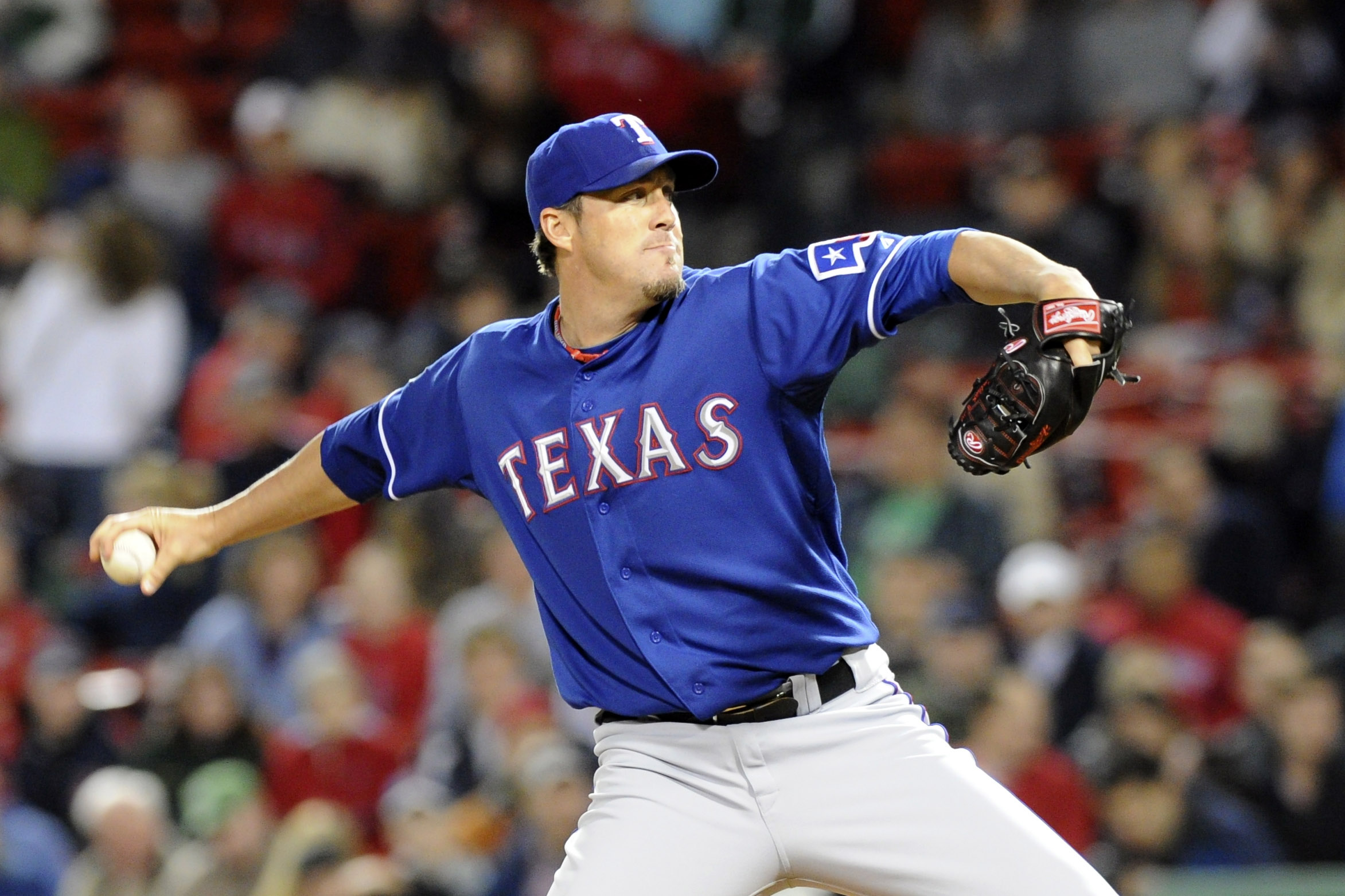
On April 8, 2013, Rangers closer Joe Nathan earned his 300th career save in controversial fashion. With two outs in the ninth inning and a full count to Ben Zobrist, Nathan threw a pitch well outside the strike zone. Home plate umpire Marty Foster inexplicably called strike three.
Replays and pitch tracking confirmed the pitch missed by several inches. This achievement became tainted similar to receiving a trophy that has someone else’s name incorrectly engraved on it. Foster later admitted, “If I had to do it again, I wouldn’t call that pitch a strike.” This incident highlighted how even acknowledged mistakes cannot be rectified without formal review processes, demonstrating the complex intersection of individual accomplishments, game outcomes, and officiating integrity. (Nathan probably keeps that ball in a case marked “Sort of my 300th save.”)
4. Jeffrey Maier Interference (1996 ALCS)
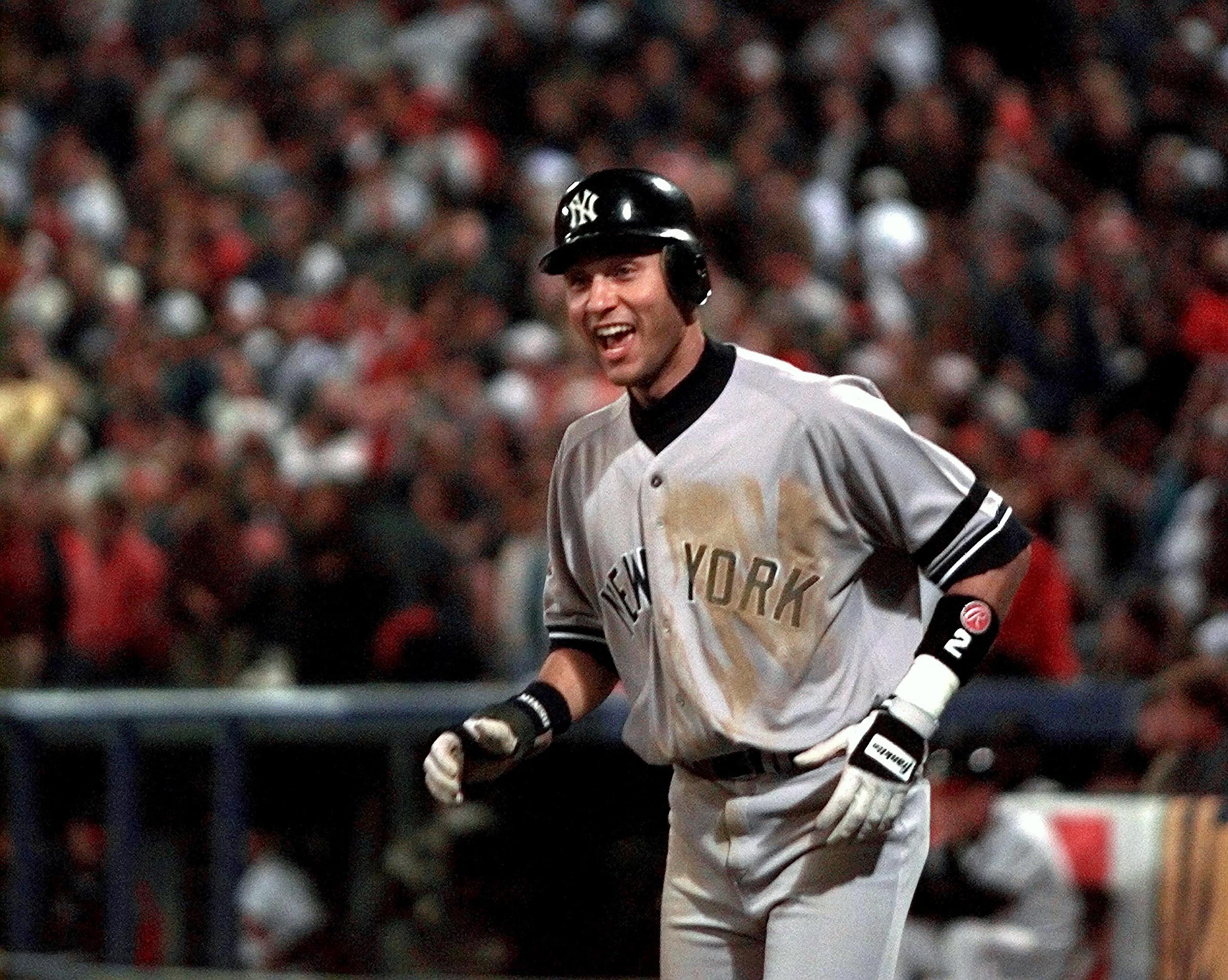
In Game 1 of the 1996 ALCS between the Orioles and Yankees, 12-year-old fan Jeffrey Maier reached over the right field wall and deflected Derek Jeter’s fly ball into the stands. Right field umpire Rich Garcia incorrectly ruled it a home run despite clear fan interference.
The home run tied the game in the eighth inning, and the Yankees won 5-4 in extras. This small action by a young fan had consequences as significant as pressing the wrong button in a video game and accidentally deleting your entire saved progress. The Yankees eventually won the series and later the World Series, marking the beginning of their late-1990s dynasty. This play demonstrated the challenges of boundary calls and fan interference judgments, eventually leading MLB to implement stricter policies and make such plays reviewable. Somewhere, Maier is still dining out on this story.
3. Phil Cuzzi’s Foul Ball Call (2009 ALDS)
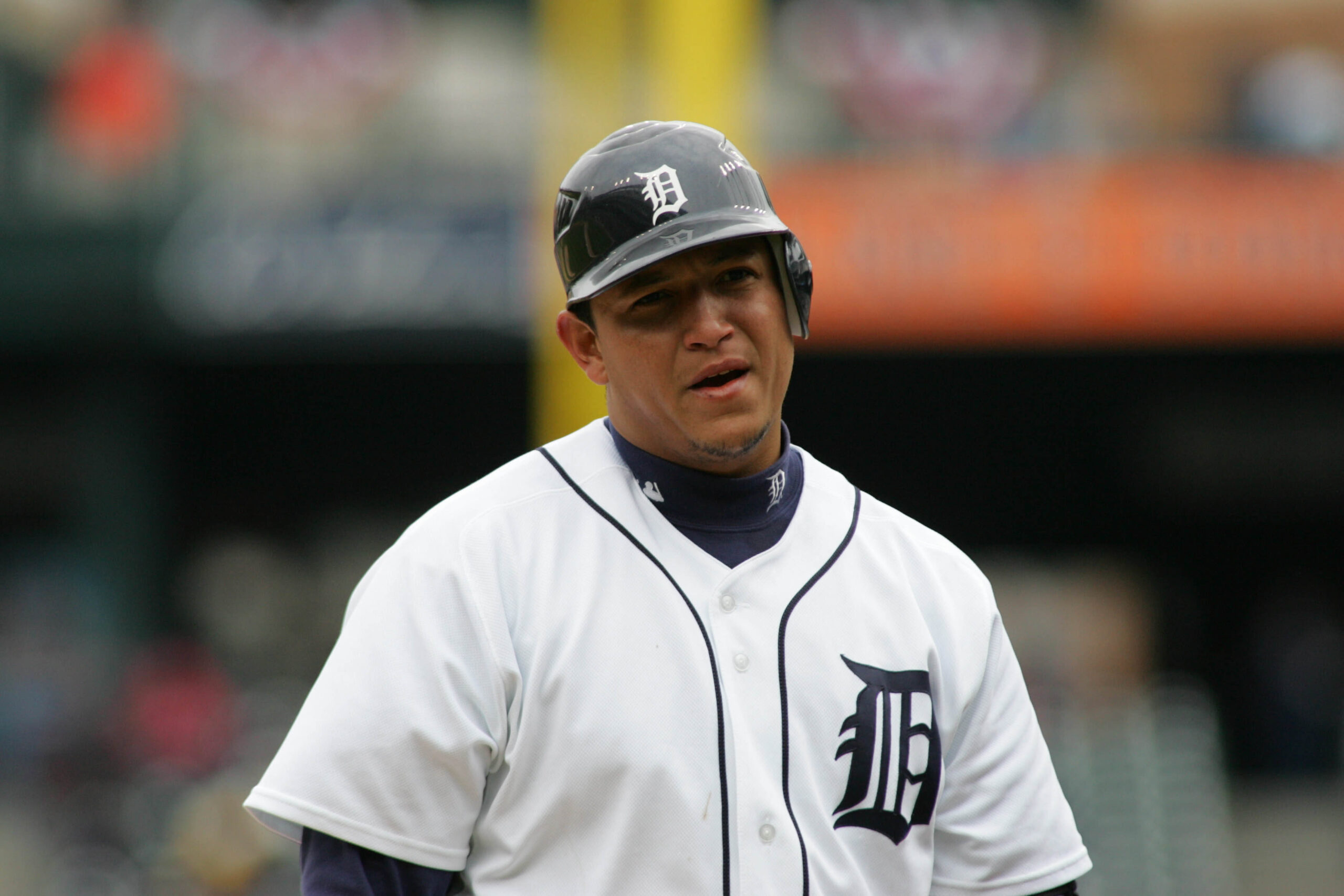
In Game 2 of the 2009 ALDS, left field umpire Phil Cuzzi made a critical error in the 11th inning. Twins batter Joe Mauer hit a line drive down the left field line that clearly landed in fair territory before bouncing into the stands—a ground-rule double by rule.
Instead, Cuzzi incorrectly called it foul. This fundamental error changed everything that followed, similar to misreading a recipe and using tablespoons instead of teaspoons. Mauer singled later but what should have been a runner in scoring position became just a runner on first. The Twins loaded the bases but failed to score, and the Yankees won in the bottom of the inning before eventually winning the World Series. This showed how one call can dramatically shift a playoff series. Twins fans have probably forgiven this by now (narrator: they haven’t).
2. Erick Aybar Tag (2009 ALCS)

During Game 4 of the 2009 ALCS, second base umpire Dale Scott missed a critical call. With the Angels trailing 5-0 in the fifth inning, shortstop Erick Aybar clearly tagged Nick Swisher as he attempted to advance to second base on a sacrifice fly.
Despite applying the tag several feet before Swisher reached the base, Scott called him safe. The disconnect between reality and perception proved insurmountable, reminiscent of trying to explain a complicated movie plot to someone who’s been checking their phone the entire time. The Yankees maintained momentum and won 10-1, taking a 3-1 series lead before winning the pennant. This incident strengthened arguments for expanding replay review beyond just boundary calls. Angels fans still bring this up whenever anyone mentions 2009.
1. Armando Galarraga’s Blown Perfect Game (2010)
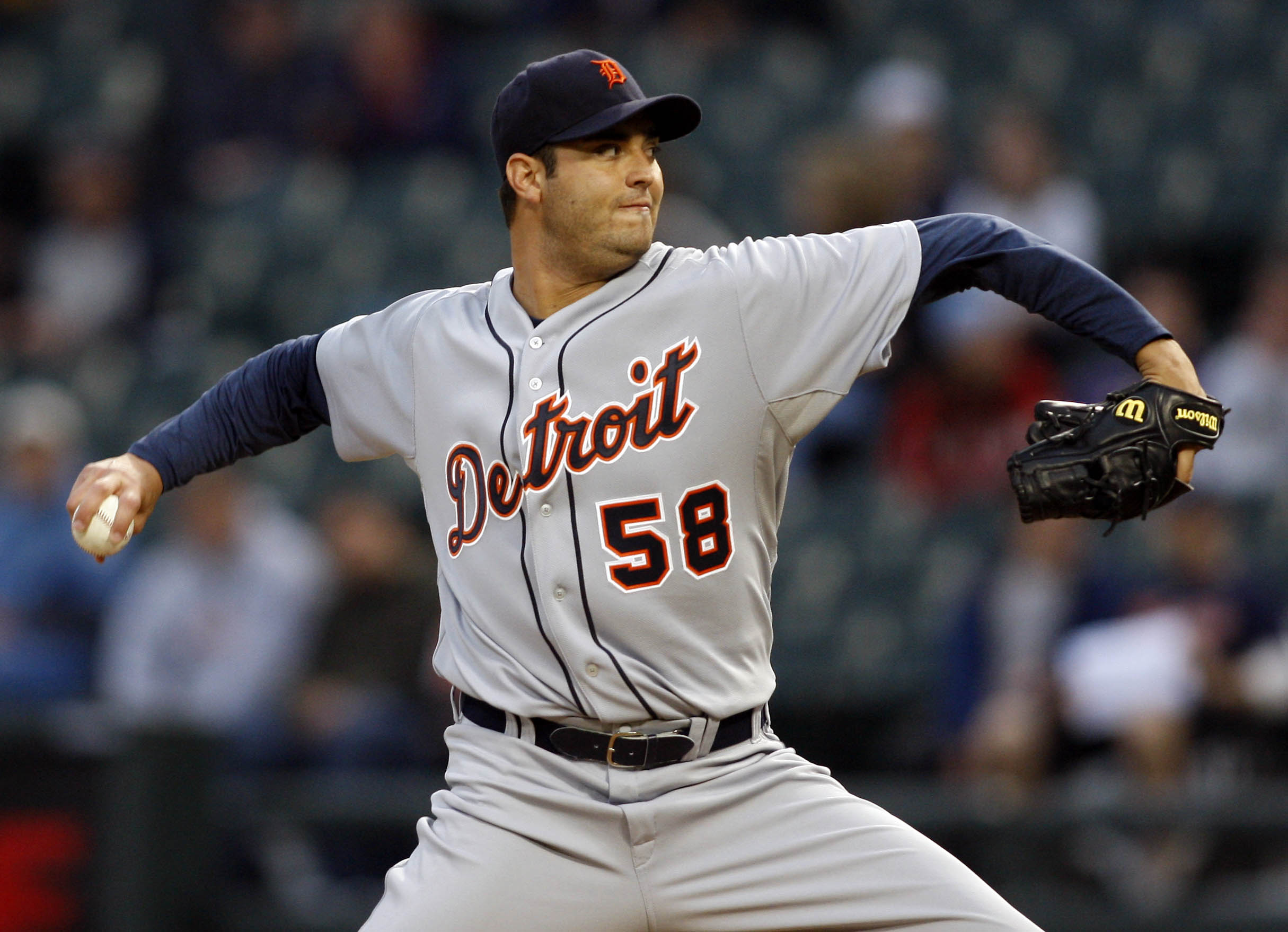
On June 2, 2010, Tigers pitcher Armando Galarraga was one out away from a perfect game. On what should have been the final play, first base umpire Jim Joyce incorrectly called Jason Donald safe at first base on a ground ball to the first baseman.
Replays clearly showed Donald was out by a step. What followed displayed the emotional range of a great drama—Joyce tearfully apologized, and Galarraga responded with remarkable grace. Their sportsmanship transformed a devastating mistake into a powerful demonstration of baseball’s human element at its best. Though Commissioner Bud Selig upheld the ruling, this incident accelerated discussions about expanded replay while showcasing how grace can emerge from painful moments. Baseball fans remember this “28-out perfect game” more vividly than many actual perfect games.
